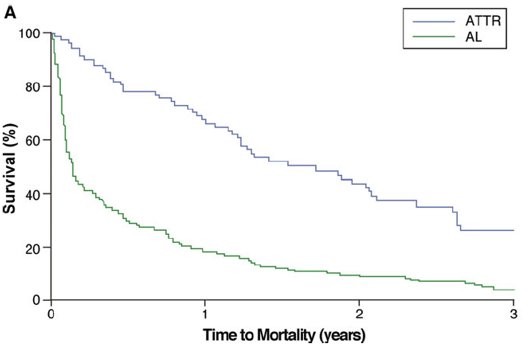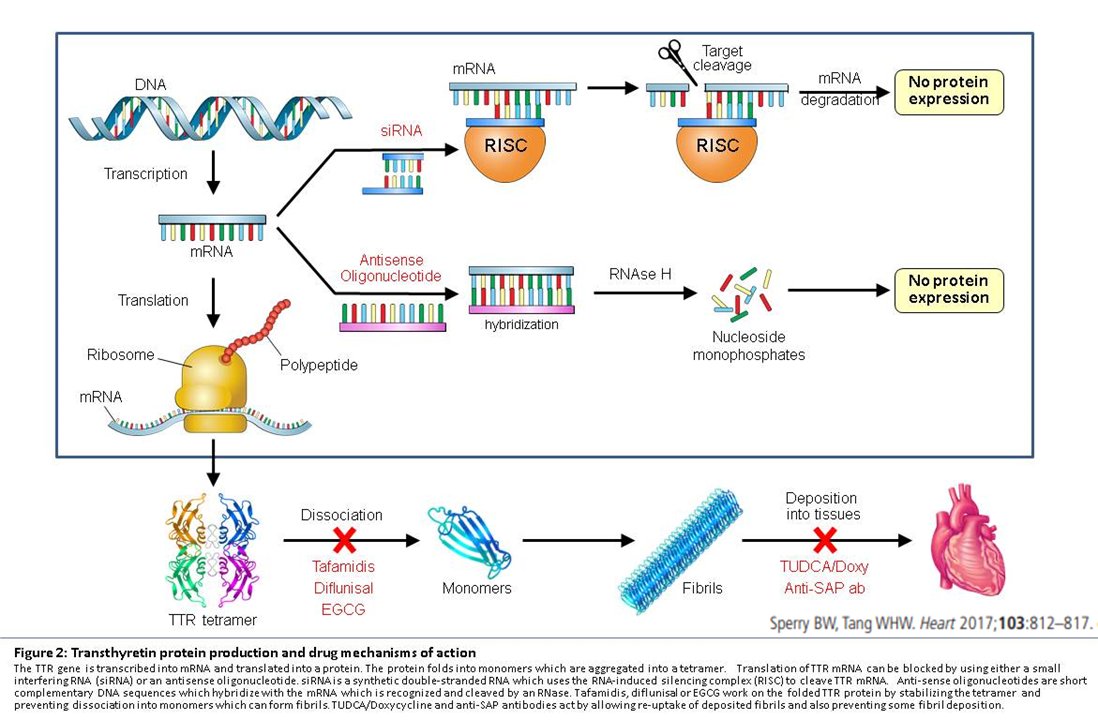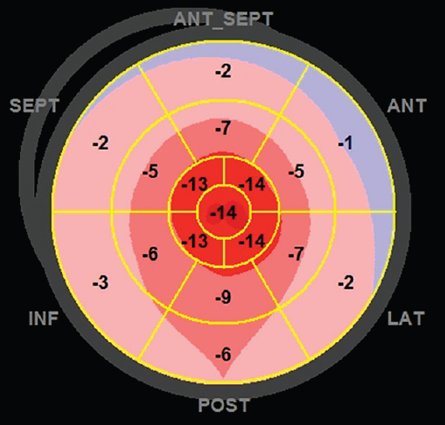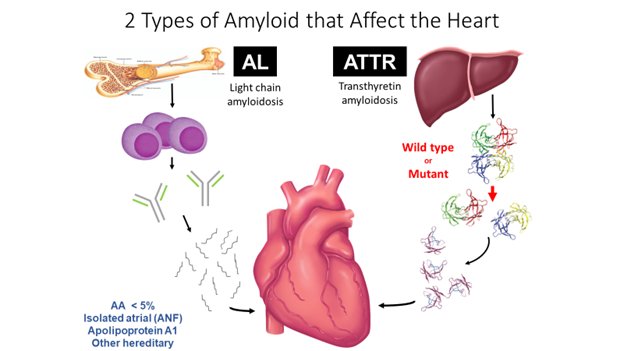16/
Sorry @venkmurthy @onco_cardiology @IbrahimMSaeed1 and others but #WhyCMR is not on this algorithm. Though, it is used frequently as a “catch all” diagnostic test for various cardiomyopathies.
Sorry @venkmurthy @onco_cardiology @IbrahimMSaeed1 and others but #WhyCMR is not on this algorithm. Though, it is used frequently as a “catch all” diagnostic test for various cardiomyopathies.
17/
I use cardiac MRI frequently for non-invasive evaluation in AL. Still, you will need biopsy proof of amyloid somewhere in the body before most hematologists will treat.
Amazing summary image by NAC group in London: ncbi.nlm.nih.gov/pubmed/29929616
I use cardiac MRI frequently for non-invasive evaluation in AL. Still, you will need biopsy proof of amyloid somewhere in the body before most hematologists will treat.
Amazing summary image by NAC group in London: ncbi.nlm.nih.gov/pubmed/29929616

18/
SPECIAL POPULATIONS
Aortic stenosis: ATTR and AS coexist in the elderly. Common cause of LFLG AS. We have described this @maz_hanna @ClevelandClinic as well as @JoaoLCavalcante, NAC, Columbia, +more. 16% of TAVRs and 30% of LFLG AS with EF<50% may have ATTR.
SPECIAL POPULATIONS
Aortic stenosis: ATTR and AS coexist in the elderly. Common cause of LFLG AS. We have described this @maz_hanna @ClevelandClinic as well as @JoaoLCavalcante, NAC, Columbia, +more. 16% of TAVRs and 30% of LFLG AS with EF<50% may have ATTR.
19/
Carpal tunnel syndrome: about 10% of patients will have Congo red in tenosynovial tissue at time of surgery and some will have cardiac involvement. Opportunity for early diagnosis, monitoring, treatment. 2 abstracts at ISA meeting and publication from us in the coming weeks.
Carpal tunnel syndrome: about 10% of patients will have Congo red in tenosynovial tissue at time of surgery and some will have cardiac involvement. Opportunity for early diagnosis, monitoring, treatment. 2 abstracts at ISA meeting and publication from us in the coming weeks.
20/
Hypertensive patients with renal disease, particularly African Americans, will have an echo that mimics amyloidosis including apical sparing strain pattern. Don’t be fooled!
Hypertensive patients with renal disease, particularly African Americans, will have an echo that mimics amyloidosis including apical sparing strain pattern. Don’t be fooled!
21/
PROGNOSIS
Staging systems from @MarthaGrogan1 @ADispenzieri @MorieGertz at @MayoClinic involve Troponin T, NTproBNP, and free light chain difference (for AL). Diagnosing subtype is important due to difference in prognosis!
PROGNOSIS
Staging systems from @MarthaGrogan1 @ADispenzieri @MorieGertz at @MayoClinic involve Troponin T, NTproBNP, and free light chain difference (for AL). Diagnosing subtype is important due to difference in prognosis!

22/
TREATMENT
Mainstay of therapy in AL with symptomatic HF is CyBorD (cyclophosphamide, bortezomib, and dexamethasone). Daratumumab if +myeloma. High dose melphalan + autologous stem cell transplant in those with lower Mayo stage and lower # organs involved. (evolving)
TREATMENT
Mainstay of therapy in AL with symptomatic HF is CyBorD (cyclophosphamide, bortezomib, and dexamethasone). Daratumumab if +myeloma. High dose melphalan + autologous stem cell transplant in those with lower Mayo stage and lower # organs involved. (evolving)

23/
Treatment in ATTR is very exciting. Onpattro (patisiran) just approved by FDA from @Alnylam. Results of ATTR-ACT for tafamidis from @Pfizer expected within the week at #ESCCongress. Inotersen @Akceatx coming soon.
Treatment in ATTR is very exciting. Onpattro (patisiran) just approved by FDA from @Alnylam. Results of ATTR-ACT for tafamidis from @Pfizer expected within the week at #ESCCongress. Inotersen @Akceatx coming soon.

24/24
Lots of nuance to many of these points, but I hope this was a helpful general overview and primer on #amyloidosis. The future is bright in this “rare” disease!
Lots of nuance to many of these points, but I hope this was a helpful general overview and primer on #amyloidosis. The future is bright in this “rare” disease!
• • •
Missing some Tweet in this thread? You can try to
force a refresh







